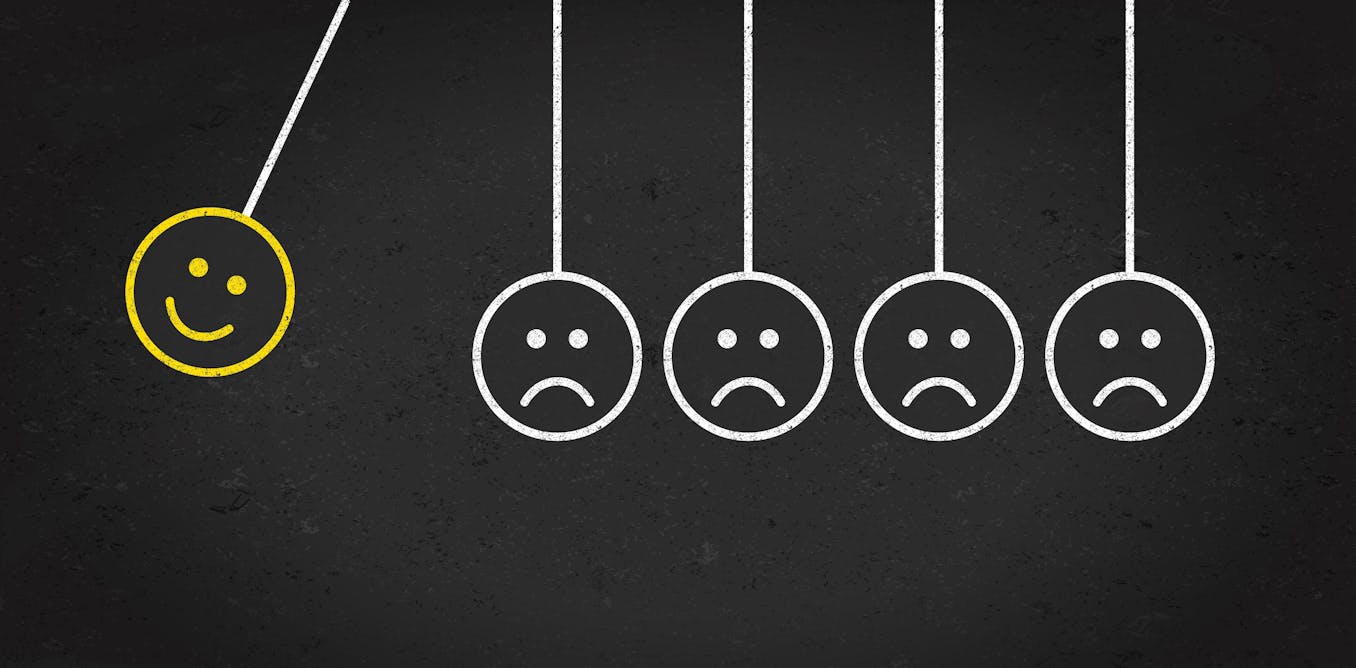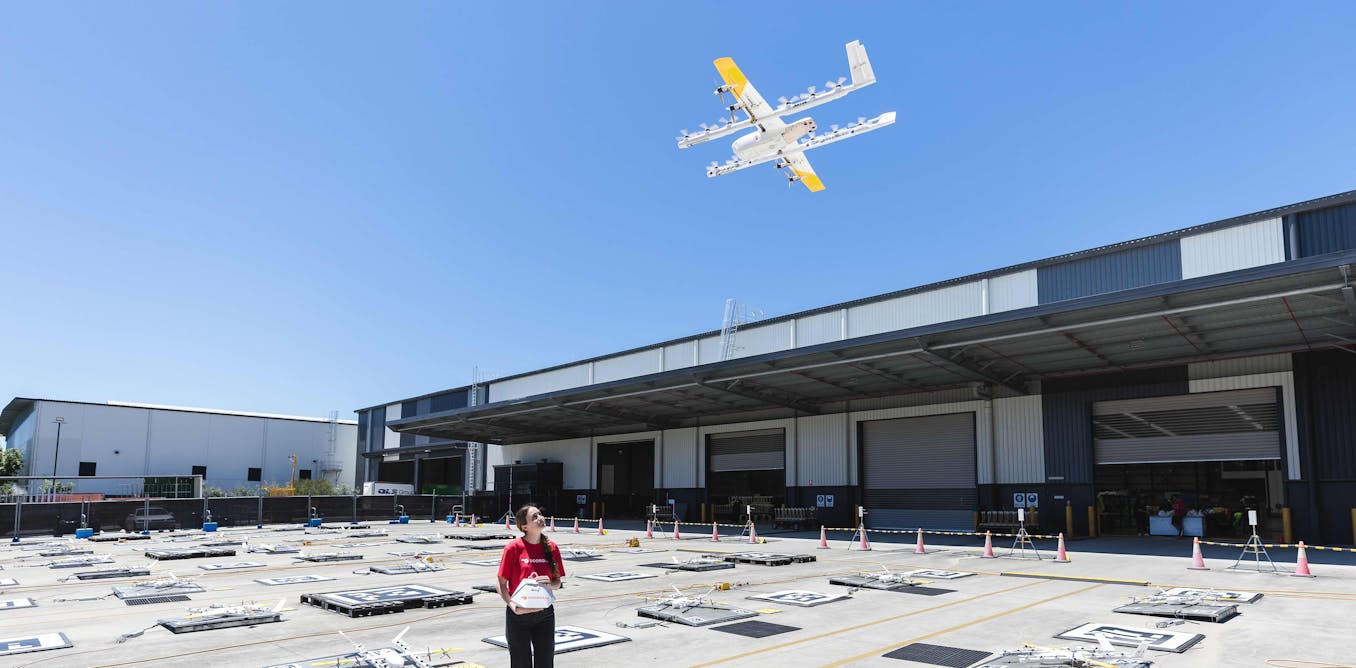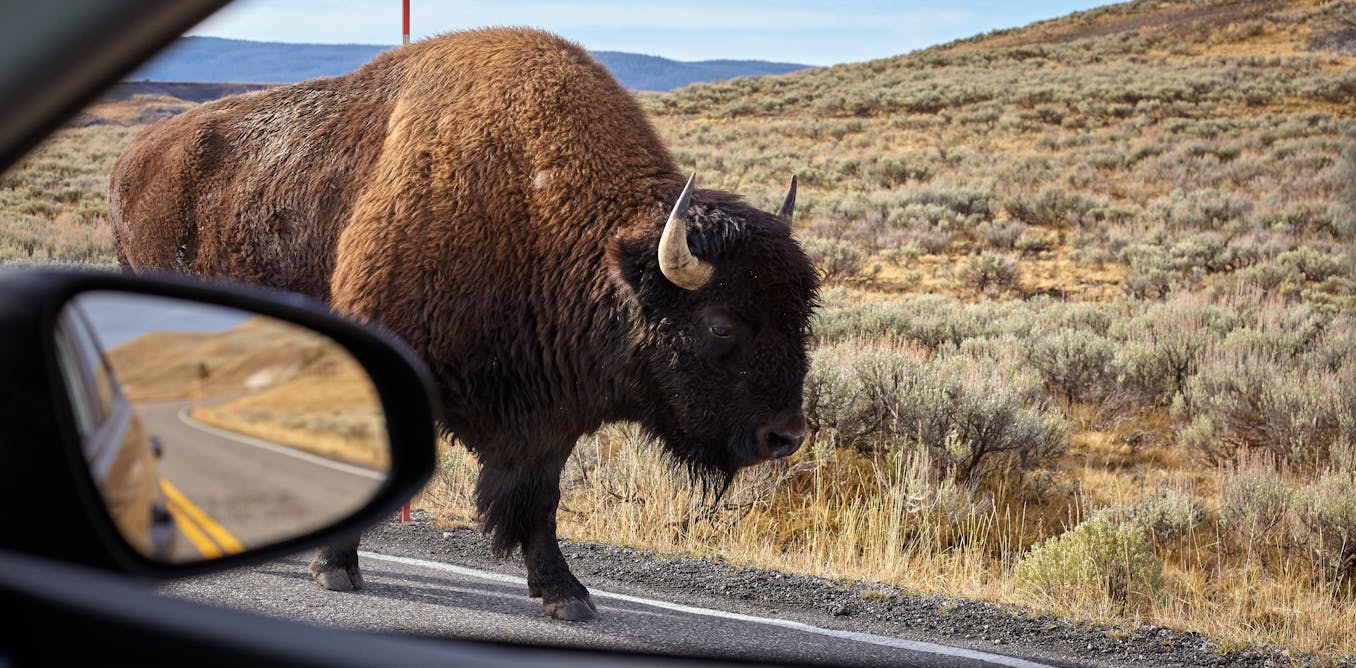As the ongoing conflict between Israel and Hamas continues to unfold, the situation in Gaza has reached a critical point. In a recent video by 60 Minutes Overtime, producer Ashley Velie and correspondent Sharyn Alfonsi discuss the challenges of reporting on the wars in Gaza, both in 2006 and now. With almost 2 million people displaced and facing constant bombardment and encroachment, humanitarian workers like Dr. Narina Med are providing relief and infrastructure for the Palestinians in Gaza.
The reporters recount their experiences on the ground during the first Israel-Hamas war in 2006, when they were allowed access to the war zone along with foreign and local press. Now, journalists are barred from entering independently, making it difficult to provide an accurate assessment of the current situation. Aid workers are using cell phone videos to show the devastation, with scenes of people living in dire conditions and bodies lying under tarps.
Through their reporting, Velie and Alfonsi shed light on the human toll of the conflict in Gaza, where civilians are caught in the crossfire and facing unimaginable hardships. The video serves as a reminder of the importance of independent journalism in times of crisis and the need to share the voices of those affected by war.
Watch the video by 60 Minutes
60 minutes overtime I think to be a humanitarian worker inside Gaza right now they are facing not only the issues of having to function under constant bombardment of air strikes and artillery fire and encroachment of Israeli troops but they’re providing the complete relief and infrastructure for every single Palestinian inside Gaza right now
I think it’s hard to imagine what it’s like we know that almost 2 million people inside Gaza have been displaced not once but a lot of them multiple times and there’s nowhere to go I’m Ashley vely and I’m a producer for 60 minutes I’m Sharon alony I’m a correspondent at 60
Minutes our stories about the ongoing War and the humanitarian crisis that’s unfolding in Gaza he had Dr narina Med is the medical director of Med Global which is a us-based NGO that goes into conflict and War zones and trains local healthcare workers I don’t think I’ve seen this
Many people squeezed in a small area without any ability to leave with the hospital shaking while I’m trying to operate in the ICU I think he came in with already pretty bad brain matter out to report the story as best we could we had to rely on Aid workers and we had to
Rely on them telling us what they were seeing some Aid workers provided us with video we were also assisted by a CBS producer who’s been based in Gaza for decades who was able to get video that other people haven’t seen the nurses notice his eyes pupils are fixed and
Dilated which is a sign of brain death Israel has barred journalists from entering into Gaza independently this is unusual there is a long-standing precedent of allowing journalists into war zone war between Israel and Hamas is still going on and tonight Sharon alans is in the Gaza City strip with the story
There we were both on the ground floor of really the first war between Hamas and Israel in 2006 the prime minister at the time Ariel Chiron had decided to disengage from Gaza which meant suddenly the Palestinians were left to control sort of their own fate to some extent inside
Gaza so then you were left with two kind of rival Powers you were left with fata who was the ruling government at the time the party of Arafat and then an up and cominging party called Hamas and what Hamas did was they started to work on the ground and win
Sort of hearts and minds of gazin and Palestinians living there to incur favor and needless to say Hamas won so then Hamas wanted to sort of flex their muscle they started firing Rockets into Israel and then they did something that was really a turning point which was
Kidnap an Israeli soldier by the name of gilad Shalit and once that happened that was the first war inside Gaza between Israel and Hamas and so the war had started and I basically parachuted into Tel Aviv and Ashley was the person who met me and knew the ground knew all the players
Knew how to get into places and how to talk her way into places it was a very active time we even talked to Hamas leadership it was that kind of scenario at the time where they were accessible they said they would accept a ceasefire deal with Israel and released the kidnapped Israeli soldier
In exchange for Palestinian prisoners are the Diplomatic efforts continuing at this point yes yes you feel confident that they’re going forward sooner or later we are going to solve this problem when we got there um we met a woman whose 11-year-old daughter who died um she’d been killed in a bombing a
Humanitarian group that’s in touch with the Israeli military actually called the people who lived here to tell them their house was about to be bombed and they should get out they’ve got a whole system in place the problem is the system doesn’t always work just as
Farela she says she was warned a bomb would be dropped near their home but the call came after her daughter was killed by it so in 2007 Hamas completely took control of Gaza and from there on you know NeverEnding Decades of War right firing Rockets into Israel like every so many
You know months and Israel not ever wanting to even interface with Hamas you know for obvious reasons now certainly parts of the war and the thing that was so different then was that we were being allowed in as was All Foreign Press and local press and as a result we were able
To get a fair and accurate assessment of that war the situation on the ground and as a reporter you want to be there you want to talk to people you want to see with yourself I mean that’s just what we want to do and nobody is doing that
Right now they’re not being allowed to do it and that’s unprecedented so now Aid workers who were among the first people that go into Northern Gaza took videos just with cell phones to show us what it look like and people haven’t seen that before and it’s
Really hard to look at like it’s almost hard to make sense of it and you’re looking at tarps and were people living there and is that a car what’s that oh those are bodies like that’s how we had to tell the story and do the best that
We could we thought it was important to tell these are people that are just trying to live their lives peacefully and every day they hear the sounds of missiles the drones these noises that have now become somewhat normal for them I experienced that for 16 days and
I will never be the same and they have experienced this for over a 100 days and they may never be able to get out
About 60 Minutes
“60 Minutes,” the most successful television broadcast in history. Offering hard-hitting investigative reports, interviews, feature segments and profiles of people in the news, the broadcast began in 1968 and is still a hit, over 50 seasons later, regularly making Nielsen’s Top 10.
Video “Reporting on the wars in Gaza— in 2006 and now” was uploaded on 02/26/2024 to Youtube Channel 60 Minutes





































